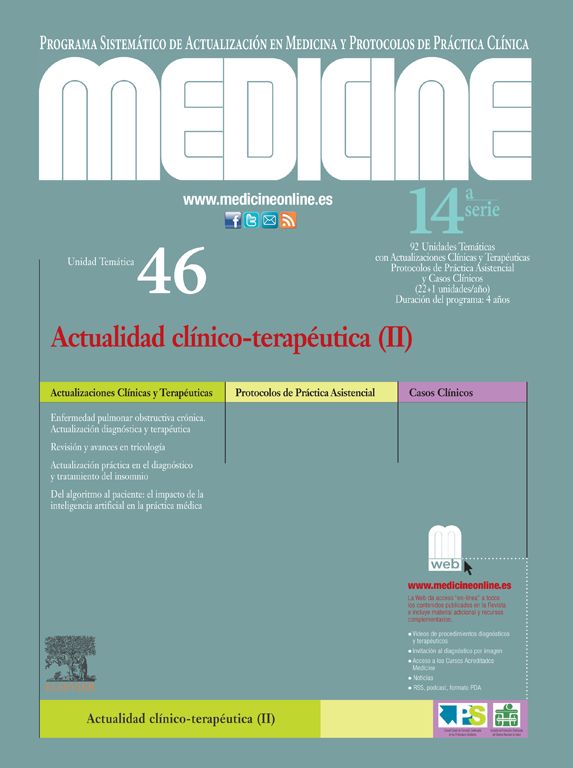Algunos fármacos, medios diagnósticos y tóxicos pueden producir daño estructural renal y, como consecuencia, en su función. Esto se debe fundamentalmente a que el riñón es un órgano muy vascularizado, siendo el principal medio de eliminación de muchos metabolitos. Además, el proceso de concentración urinaria conduce a que estas sustancias puedan acumularse en los túbulos y en el intersticio, condicionando lesiones a este nivel. Globalmente, se produce un daño inespecífico en el parénquima tubulointersticial, con tres patrones de lesión característicos: nefritis intersticial aguda, nefritis intersticial crónica y necrosis tubular aguda. Con menos frecuencia, se puede producir un daño vascular o glomerular. Para prevenir esta patología, es necesario conocer qué componentes pueden ser nefrotóxicos y cómo debemos emplearlos en pacientes de riesgo. Respecto a la resolución del cuadro, es clave la retirada del agente tóxico.
Palabras clave
Some drugs, diagnostic media and toxic substances can cause structural kidney damage, with a negative effect on their function. This is fundamentally because the kidneys are highly vascularized organs and the main means of eliminating many metabolites. Furthermore, the urinary concentration process means that these substances may accumulate in the tubules and interstices, leading to lesions at this level. In general, non-specific harm is caused in the tubulointerstitial parenchyma, with three characteristic lesion patterns: acute interstitial nephritis, chronic interstitial nephritis and acute tubular necrosis. Vascular or glomerular damage occurs less often. To prevent this pathology it is necessary to know which components can be nephrotoxic and how we should use them in patients who are at risk. Withdrawal of the toxic agent is the key to resolving the symptoms.
Keywords
Identifíquese
¿Aún no es suscriptor de la revista?
Comprar el acceso al artículo
Comprando el artículo el pdf del mismo podrá ser descargado
Teléfono para incidencias
De lunes a viernes de 9h a 18h (GMT+1) excepto los meses de julio y agosto que será de 9 a 15h



